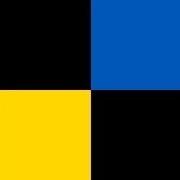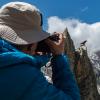Precision and Mechanical Shutter Speed Measurement
-
Recently Browsing 0 members
- No registered users viewing this page.
-
Similar Content
-
- 23 replies
- 1,024 views
-
- 5 replies
- 536 views
-
- 0 replies
- 354 views
-
- 20 replies
- 1,301 views
-
- 70 replies
- 3,058 views
-





Recommended Posts
Join the conversation
You can post now and register later. If you have an account, sign in now to post with your account.
Note: Your post will require moderator approval before it will be visible.